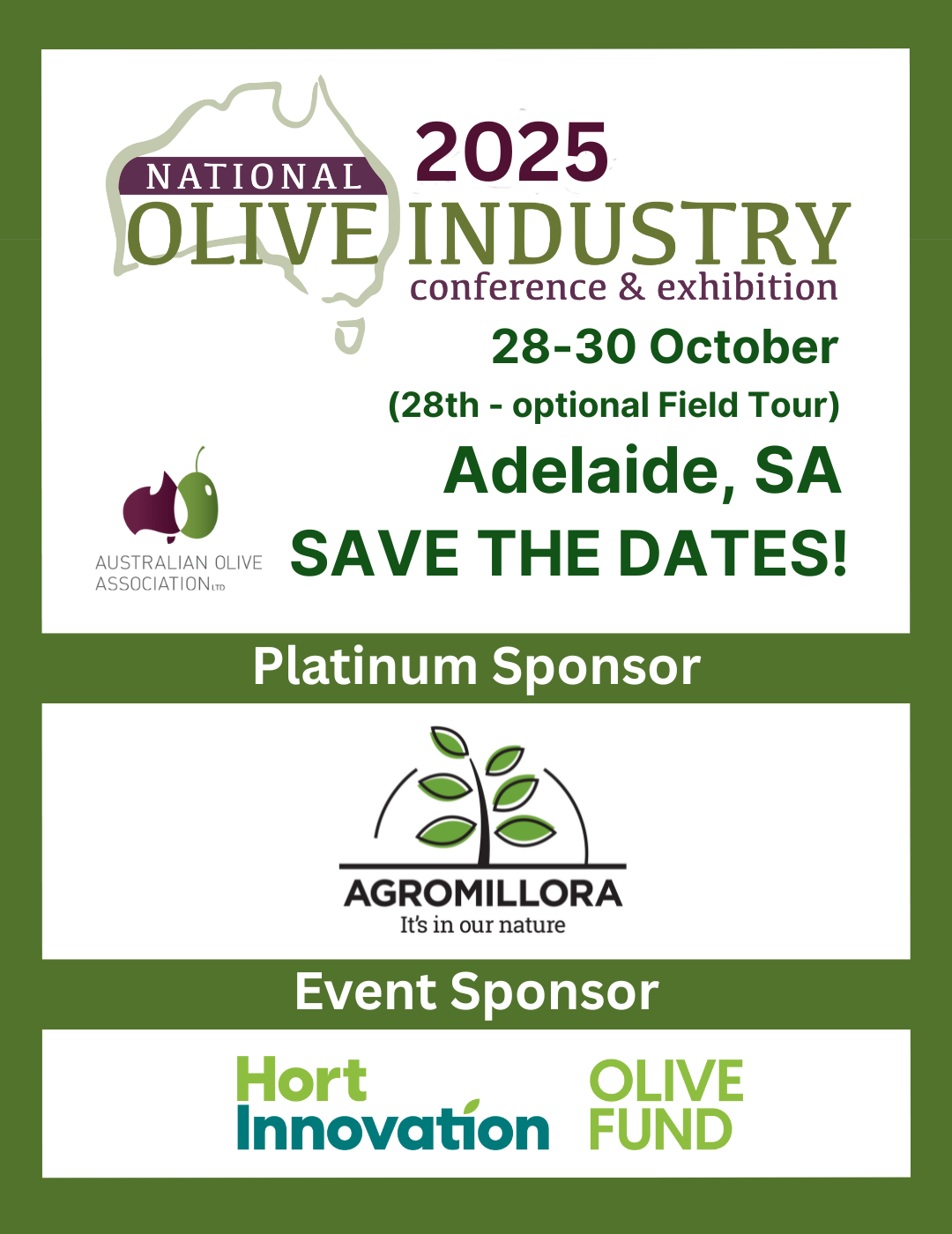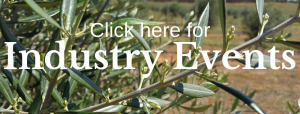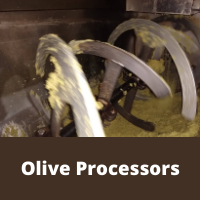Rob Edwards, Best You, Better Business – Strategies to Increase Effectiveness
Rob Edwards has a degree, written a book, worked with lots of companies, developed projects for cardiac patients, young offenders, remote communities and women’s groups,founded a charity, and has a few kids. BUT the point of Rob’s session is that it is not about him. It’s all about YOU and the wellbeing of you and your team.
Jeremy Bright, The Benefits Of Benchmarking – The Macadamia Experience
The macadamia industry benchmarking has been running now for 10 years. It represents over 50% of the industry by area and production. Apart from measuring and comparing yield and quality across industry, by farm size, tree age, region etc, it also acts as an excellent resource for industry projects. Benchmarking assisted industry in identifying research projects such as brown centres. It identifies regional issues and is a good system for identifying consistently top performing growers. This has led to information relating to ‘what the good growers do’. It also looks at costs of production which is highly valuable to management of the crop. Done right, benchmarking could assist the olive industry too.
Dr Brenda Kranz, Horticulture Innovation Presentation
R&D Investments for the Olive Industry.
Dr Robert Spooner-Hart, IPDM Project – The Next Phase
This presentation provides an update on the Olive IPDM project that aims to develop and provide industry with appropriate integrated pest management extension services focussed on sustainable (including organic) management of the 3 major olive pests/diseases namely Black Scale, Olive Lace Bug and Anthracnose as well as a broader range of pests and diseases.
Alex Schultz, Remote Sensing – The Sky Is The Limit
The olive industry has been included in the second phase of the ‘Multi-scale monitoring tools for managing Australian tree crops’ project. The focus of this project is to evaluate a range of technologies, including remote sensing to determine those that offer improved monitoring of tree health, yield and qulity across orchards and seasons. These outcomes will support improved application of crop inputs, harvest management, irrigation efficiency and biosecurity preparedness. This project, led by the University of New England and including a number of industry, university, DPIs and commercial partners, is supported by Horticulture Innovation Australia through funding from the Australian Government Department of Agriculture ‘Rural Research and Development for Profit’ program.
Peter McFarlane, OliveCare® – Upping The Ante On Quality
This presentation includes national market survey evidence of dramatic improvement in EVOO quality in the Australian market place, with lessons for Australian olive producers and marketers. Also outlining recent initiatives including OliveCare® Certified ‘Freshness Testing’, and other best practice programs to strengthen industry commitment to achieving a consumer and quality focus and establish a point of differentiation for Australian olive products in the market place.
Abby Dolphin, Olive Wellness Institute – What’s On Offer?
The Olive Wellness Institute – a science repository with the mission to increase awareness of Extra Virgin Olive Oil and other olive products by gathering, sharing and promoting expert, credible and evidence-based information on their nutrition, health and wellness benefits.
John Barton, The Importance Of Soil Carbon
Carbon is the backbone of soils. Almost every physical, biological and chemical function of soils revolves around soil carbon. John outlines how carbon is involved in practical outcomes on farms, concentrating on its role in soil water. Increasing the ability of soils to absorb, store and release water to plants is crucial in a time of increasing drought and water prices. Managing soil carbon is the key to unlocking soil water potential.
Gary Allan, Climate Change, Extremes and Agriculture
Australian agriculture is one of the most exposed sectors to the impacts of climate change, which are already being experienced. In order to successfully adapt to these changes, producers need to understand how the climate has changed, what the science says about projected future changes and the adaptation options applicable to specific industries. Climate extremes will be particularly challenging and will test the adaptive capacity of many agricultural systems.
Steven Falivene, Don’t Get Burned – How To Manage Frost
An overview of how frosts events occur and the on-farm practices that can be implemented to reduce the intensity of frosts.
Claudia Guillaume, Impact Of Frost On EVOO Quality Parameters
Frost is one of the most important weather-related hazards for the Australian olive industry. Early frosts will normally affect the fruit leading to significant changes in the chemical and organoleptic characteristics of the oils. Quality chemical parameters showed significant differences in oils produced from frost-damage fruit. Those chemical parameters were not significantly different in the oil produced from fruit immediately after being frosted. Sensory and biophenols profile showed significant changes even with oils produced within a short time after the freezing event. Those changes became more evident with the oils produced at increasing time from the moment of fruit freeze.
David O’Dea, Real World Outcomes From The Food Service Project
A first hand discussion of how the Food Service Project helped apprentice chefs develop a better understanding of the types of olive oil and their versatility in cookery.



